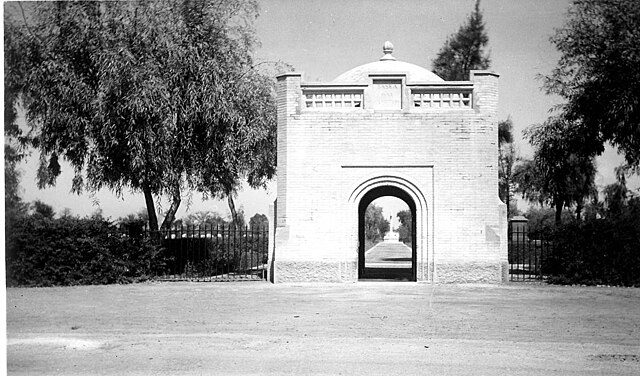Introduction
Walter Haggett was serving with the army in India when the war broke out. He was redeployed to Mesopotamia in November 1914, where he was wounded in action in December 1915. Unfortunately, he succumbed to disease in May 1916. Walter is the only man from the village who died in a theatre of war other than the Western Front.
Early life at Hardington
Walter Haggett was born at Hardington Marsh in 1882.[1] He was the oldest of five children born to Walter Haggett and his wife, Martha.
His father, Walter, worked as a railway platelayer, while his mother, Martha, was the daughter of Reuben Eastment, a farm labourer.
Walter’s parents married in 1882 and lived at Hardington Marsh until about 1888, when they moved to Pendomer. By 1891, they resided at Pen Dary House. After about four years at Pendomer, they returned to Hardington, where they first lived in Barry Lane and, from about 1909, in Rectory Lane.
In 1901, Walter’s father was still working as a platelayer, but by 1911, he had left the railway for health reasons and was working as a farm labourer.
Walter’s first job was general farm work.[2]
Army career
On 19 November 1906, Walter enlisted with the Dorset Regiment at Poole. He was five feet four and a half inches tall and weighed 124 lbs. He had brown hair, hazel eyes, and a fresh complexion.
Walter served in England from November 19, 1906, until January 4, 1909. He was stationed in India from January 5, 1909, to November 5, 1914, and then served in Lower Mesopotamia from November 6, 1914, to May 10, 1916. He spent a short time in the hospital in Basra from May 25 to June 3, 1915, due to gastritis.
On 29 December 1915, Walter was wounded in action in Mesopotamia. He ultimately died from beriberi (thiamine deficiency) in Basra on 10 May 1916.[3] His body lies in Basra War Cemetery.[4]
References
[1] Civil Registration Birth Index; Hardington baptism register.
[2] RG13, piece 2297, folio 43, page 5.
[3] UK, Commonwealth War Graves, 1914-1921.
[4] Find a Grave.

